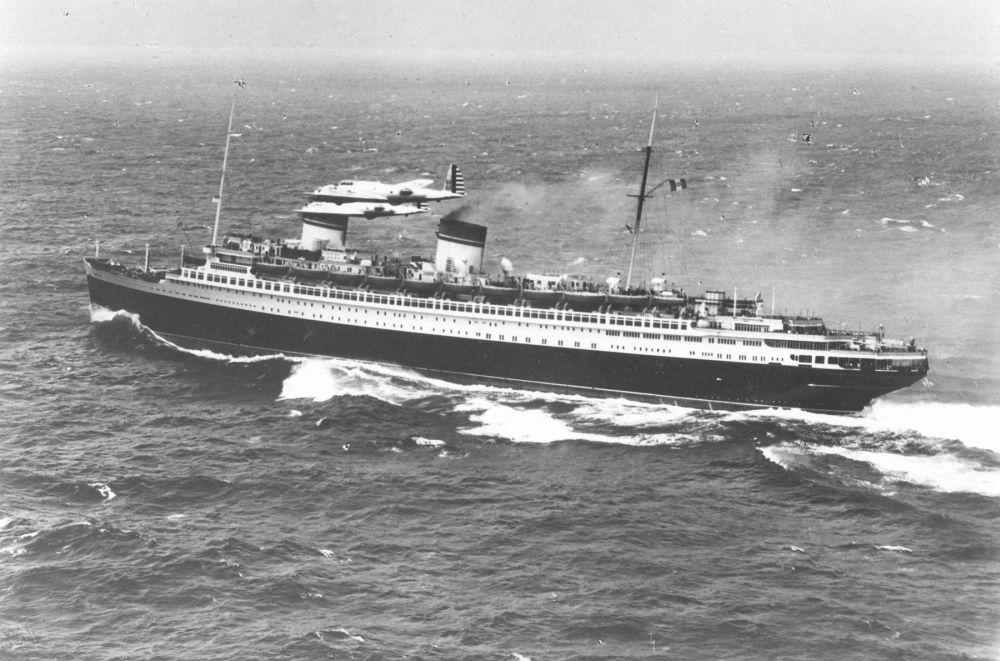The Italian liner S.S. Rex was one of the most luxurious ships ever conceived. Built to be unsinkable, it was ultimately destroyed in combat during World War II and found its final resting place in Slovenian waters just off the coast of Koper.
Constructed in 1931, the S.S. Rex was christened by the Italian king himself, and the first sailing included such well-known figures as the mayor of New York. The Art Deco beauty was special in almost every way. Its facilities ranged from movie theaters to an on-board hospital and tanning beds. It featured not one but two separate outdoor swimming pools, with real sand to simulate the atmosphere of a beach, as well as a fully-fledged printing press for its on-board newspaper. The ship’s innovative design also made it virtually unsinkable.
The S.S. Rex, Italy’s largest liner, was not just safe and luxurious – it was also exceptionally fast. It received the prestigious Blue Riband for the fastest crossing of the Atlantic. When it first came to New York, its interior was opened up to the general public, and 45,000 New Yorkers lined up to take a look inside the impressive Italian ship. More than half had to be turned away because of overcrowding. The S.S. Rex made frequent crossings from Europe to New York, and by the mid-1930s, Jews fleeing Nazi Germany were frequent passengers on its voyages.
When World War II broke out, and Italy found itself at war with the Allies, the S.S. Rex was repainted to make it less conspicuous. There were even plans to convert it into an aircraft carrier, but the proposal was eventually abandoned, and for much of the war, the S.S. Rex was stored in the port city of Trieste. As the war progressed, the ship became a potential target of the Allies and the Axis authorities decided to move it away from Trieste. A navigational error, however, caused the S.S. Rex to run aground near the town of Koper. This made the stricken ship an easy target: On September 8, 1944, a squadron of British Beaufighter aircraft bombed the ship, causing it to sink.
After the war, attempts by the Yugoslav authorities to salvage the ship were unsuccessful. Large pieces of the Rex were removed and processed as scrap iron in the town of Jesenice. Parts of the shipwreck remains in place, however, and now attract divers from Slovenia and abroad eager to explore the remains of one of the most unique ships of all time. Almost 85 years after it was built, the remains of the S.S. Rex continue to capture the imagination - as a relic of a long-forgotten age.


































































